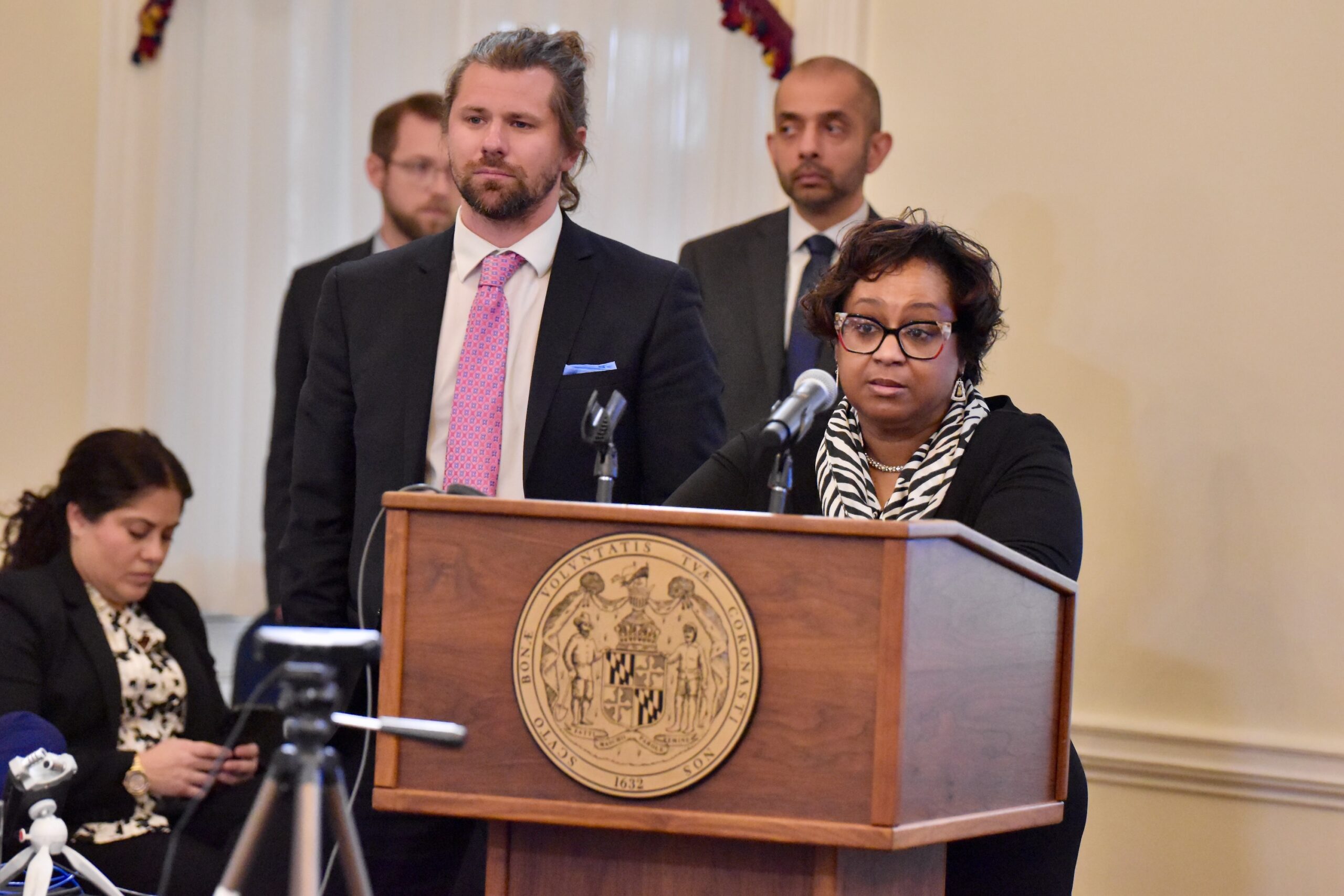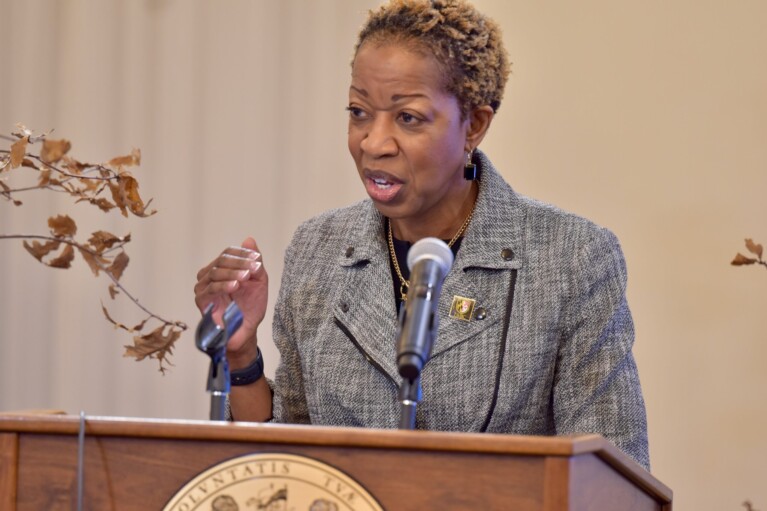Commentary: We can’t fight our environmental crisis without more environmental scientists

By Jay A. Perman and Michele Masucci
The writers are, respectively, chancellor of the University System of Maryland and vice chancellor for research and economic development at the University System of Maryland.
Last summer was the hottest on record, 0.41 degrees Fahrenheit warmer than any other summer. Environmental disasters accompanied this record heat: forest and grassland wildfires, unsafe air quality, dangerously high ocean temperatures, and perilous chain reactions common of decimated ecosystems — for instance, widespread drought, producing saltwater intrusion that contaminates drinking water.
These events fuel our urgency to advance education in environmental science and related fields. However, the U.S. confers comparatively few environmental degrees: In 2021, U.S. universities awarded 7,400 bachelor’s degrees in environmental science. Counting agriculture (with its emphasis on resource conservation) and the environment together, bachelor’s degrees totaled 59,000. Compare that to undergraduate business degrees, which numbered 391,000. Meanwhile, the job market for environmental scientists is projected to grow by 6% over the next decade, double the growth for all jobs.
Two-thirds of Americans believe the government should do more to address our climate crisis. The solutions respondents invoke include carbon sequestration, business tax credits for carbon storage, restrictions on power plant emissions, an emissions-based tax on corporations, and higher fuel economy standards. All of these solutions require an understanding of the complex dynamics among climate systems, industrial production, consumption, and economics.
Therein lies the disconnect: On the one hand, Americans are concerned about climate change and want measures implemented to address it; and on the other, we’re not producing enough graduates in the very fields that will guide this implementation.
The University System of Maryland (USM) is uniquely positioned to produce these graduates. We’re the only public higher education system in the nation with a graduate institution dedicated to applied environmental science. The University of Maryland Center for Environmental Science (UMCES) is charged with preserving and protecting Maryland’s ecosystems by developing the next generation of environmental experts, and by conducting and explaining the research that shapes the policies that steward the state’s natural resources.
UMCES isn’t alone in this work. The USM, as a whole, has committed to developing and modeling innovation-driven sustainability; improving environmental science communication, policymaking, and education; and growing students’ opportunities in field and lab research, internships, and community engagement.
But to address the long-term implications of our climate crisis, we must do more than improve the opportunities we provide to students. We must provide them to far more students, engaging learners from a young age and from our own communities.
Maryland Sea Grant College, a partnership with NOAA administered by UMCES and located at the University of Maryland, College Park, sponsors research, education, and outreach statewide. For nearly 30 years, its Aquaculture in Action program has trained Maryland’s K-12 teachers to develop classroom aquaculture projects as a basis for learning environmental science and stewardship.
UMBC’s Center for Urban Environmental Research and Education supports the Baltimore Ecosystem Study, examining urban environmental systems and human perceptions and behaviors connected to those systems. The study has worked with 150 educators — reaching thousands of K-12 and college students — to teach biodiversity, ecological systems, and environmental citizenship.
The University of Maryland Eastern Shore manages the Paul S. Sarbanes Coastal Ecology Center, a research and teaching facility that also serves as a public outreach center, featuring K-12 programs focused on restoring and conserving coastal bay ecosystems.
UMCES’s Frostburg-based Appalachian Laboratory helps K-12 teachers integrate real-world science into their classrooms. Students study schoolyard rainwater runoff and explore local soil. They team with citizens of all ages to study native species, like Western Maryland’s American Chestnut tree, building on research conducted by the lab’s scientists.
Programs like these help young students identify and assess our environmental threats, explore ways to neutralize them, and measure the outcomes of these efforts. But more broadly, they educate and engage the next generation of scientists, policymakers, and activists who will pave our way to a more sustainable future.
The sooner we can reach students — to cultivate their interest and skills in environmental science — the better. And the wider we cast our net, engaging students from all backgrounds and experiences, the more likely it is that we’ll build environmental systems and practices that work for all and benefit all.
Universities are critical to producing our environmental workforce. But if we start when students enter college, we’re already too late. We must meet young learners where they are — wherever they are. The pace of climate change is too fast, the impacts too deep, and the consequences too dire to wait for them to come to us.




 Creative Commons Attribution
Creative Commons Attribution